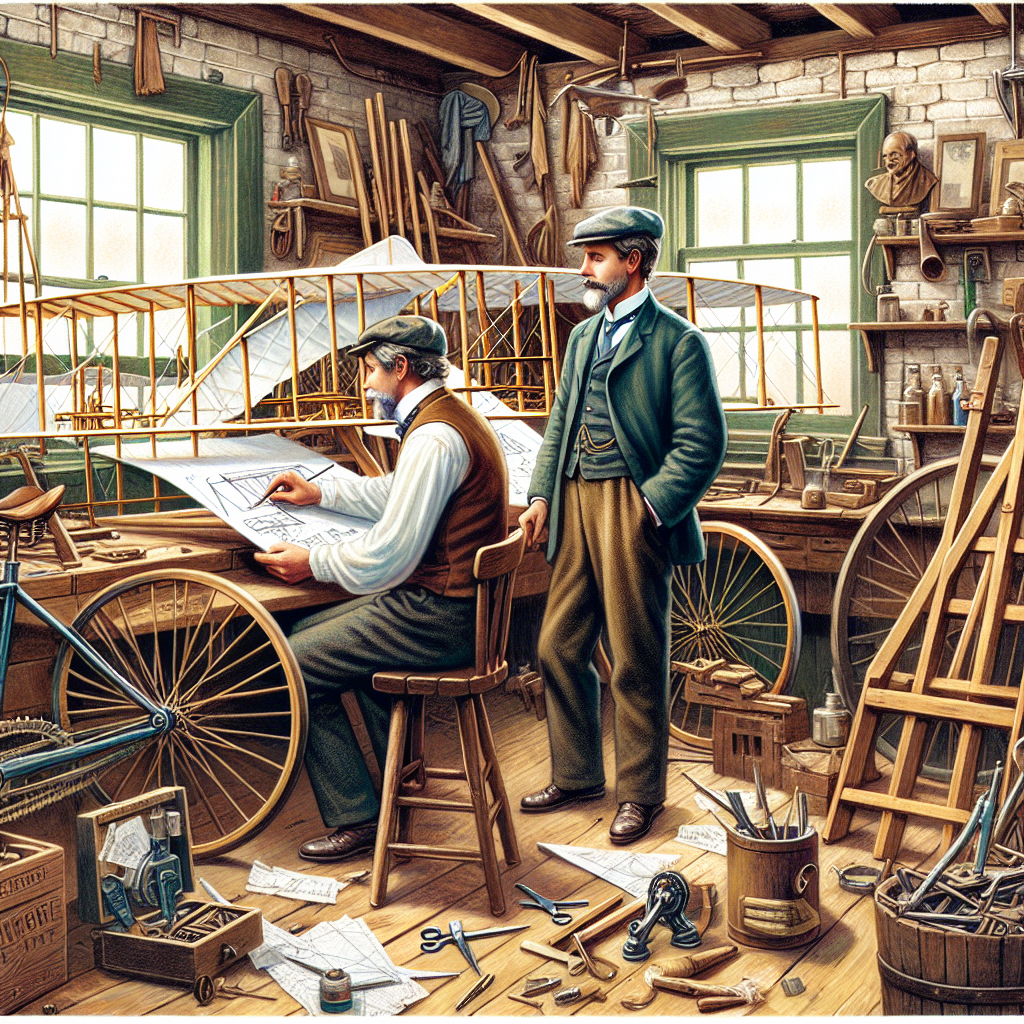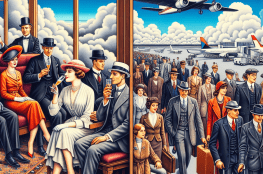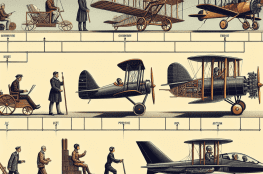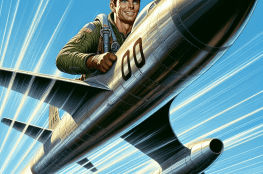The Wright Brothers: Pioneers of Flight and the Invention of the Airplane
When we think of the skies, we often admire the planes soaring above us, but few stop to ponder about the trailblazers who first conquered the air. The names Orville and Wilbur Wright might ring a bell—these brothers were the masterminds behind the first successful powered flight. Buckle up as we dive into the fascinating journey of the Wright Brothers and their revolutionary invention.
The Early Days: Tinkering and Teamwork
Orville Wright was born on August 19, 1871, and Wilbur Wright on April 16, 1867, in Dayton, Ohio. Their childhood was marked by curiosity and mechanical prowess, traits largely encouraged by their supportive parents.
- Their father, Milton Wright, was a bishop with an extensive library, while their mother, Susan, had hands-on skills in mechanics.
- Early exposure to books and tools undoubtedly sparked the brothers’ interest in problem-solving and innovation.
This dynamic duo initially dabbled in the printing business before launching a successful bicycle sales and repair shop in 1892. This venture provided them with the financial means and mechanical expertise crucial for their experiments in aviation.
The Turning Point: Entering the World of Aviation
In the late 1890s, the world was buzzing with the possibility of flight. However, the Wright brothers were not merely dreamers; they were doers. Their insatiable curiosity led them to study the works of aviation pioneers like Otto Lilienthal and Samuel Langley.
Armed with knowledge and a knack for innovation, the brothers conducted numerous glider experiments between 1900 and 1902. These tests revealed shortcomings in established theories and paved the way for groundbreaking discoveries in aerodynamics.
1903: The Year That Changed Everything
The year 1903 marked a pivotal moment in history. The Wright brothers were ready to go beyond gliders and venture into powered flight. They meticulously designed and built their own wind tunnel to test wing shapes, leading to the creation of their iconic Wright Flyer.
- On December 17, 1903, near Kitty Hawk, North Carolina, Orville took to the skies for 12 seconds, covering 120 feet. This was the first controlled, sustained flight of a powered aircraft.
- Over the course of the day, they achieved four flights, with Wilbur’s final flight lasting 59 seconds and covering 852 feet.
This monumental achievement wasn’t just a leap for aviation; it was a giant leap for mankind.
The Aftermath: From Skepticism to Acceptance
Believe it or not, their groundbreaking accomplishment was initially met with skepticism. It took several years of public demonstrations to convince the world of their success. By 1908, however, the Wright brothers had secured contracts with both the U.S. Army and French investors.
They established the Wright Company in 1909 and continued to innovate, producing more advanced aircraft. Their legacy was firmly cemented, but their contributions didn’t stop at just inventing the airplane. They radically transformed how we perceive time, space, and distance.
Legacy: A Blueprint for Future Innovators
The Wright brothers’ journey from bicycle mechanics to aviation icons serves as an enduring inspiration for future generations. Their meticulous approach to problem-solving, unwavering dedication, and collaborative spirit resonate with aspiring inventors and entrepreneurs alike.
So the next time you find yourself on a flight, take a moment to appreciate the pioneering spirits of Orville and Wilbur Wright. Their relentless pursuit of innovation didn’t just invent the airplane; they redefined the horizon.
Conclusion
The story of the Wright brothers is a timeless narrative of curiosity meeting ingenuity. From their early days of tinkering with bicycles to making the world’s first powered flight, their legacy is etched in history. Understanding their journey offers not just a glimpse into the past, but a blueprint for achieving the seemingly impossible. Keep your seatbelt fastened and your tray table secured—we’re cleared for takeoff!
Ready to dive deeper into the world of aviation? Stay tuned to our blog for more fascinating tales and pioneering spirits!



